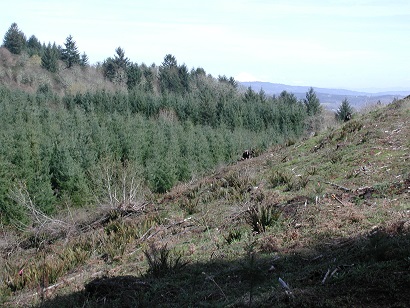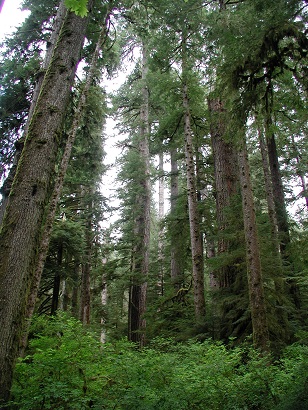By Amy Grotta, OSU Forestry & Natural Resources Extension – Columbia, Washington & Yamhill Counties
Slash is the term used to describe the treetops, limbs and other woody material left behind after a timber harvest. The amount of slash left behind will depend on several factors, including the size and quality of the harvested trees. Universally, how the slash is dealt with is an important consideration in the logging process. Heavy amounts of slash left on the ground can be a fire hazard and it makes tree planting more difficult and more costly.
Piling and burning is the most common method of slash treatment nowadays. However, some landowners are looking for alternatives to burning for various reasons. Pile burning can be challenging due to weather conditions or smoke restrictions. When logging contractors are busy, they may be reluctant to include pile burning in their contract due to the time involved, leaving it up to the landowner. And, there are greenhouse gas considerations with burning slash. For all of these reasons, it is worth looking at the pros and cons of other methods of slash treatment.
Continue reading





